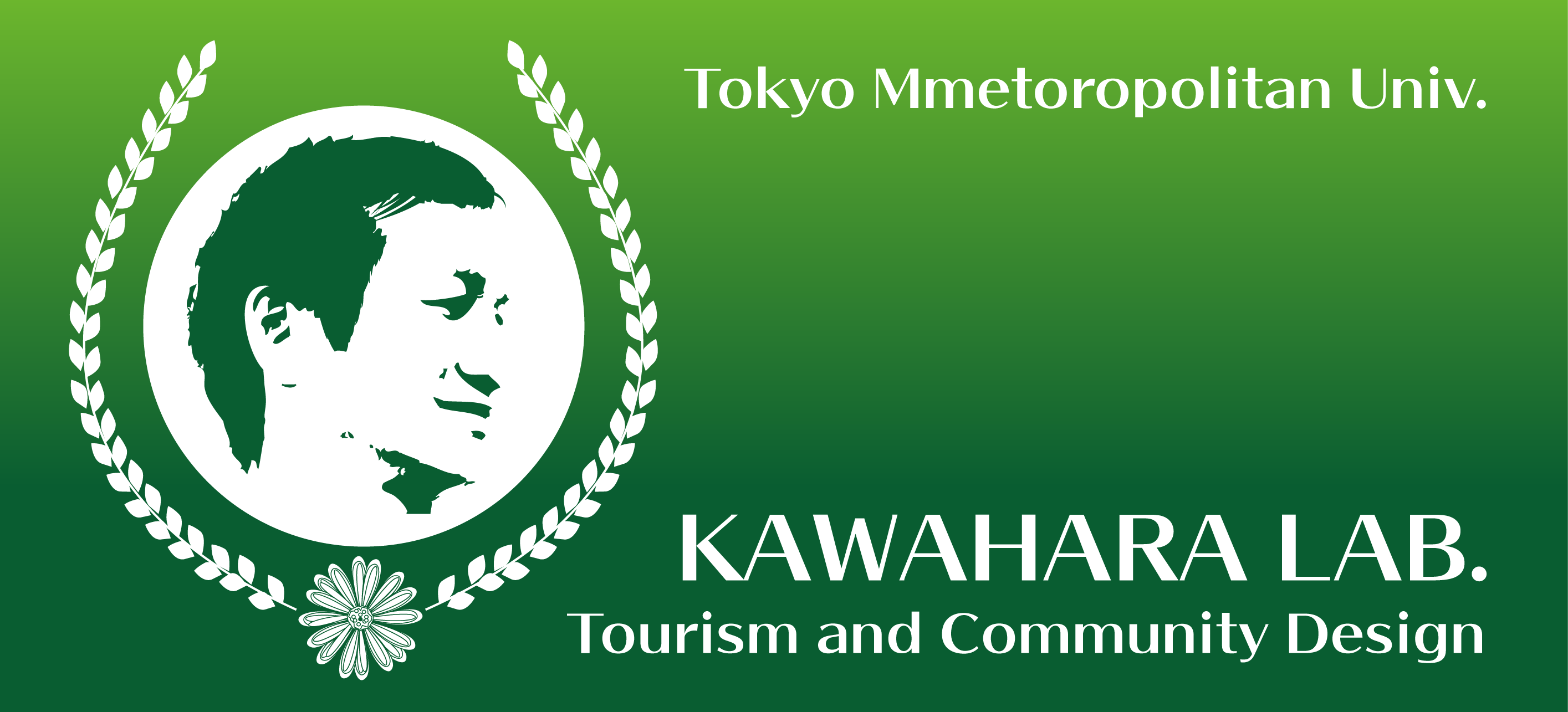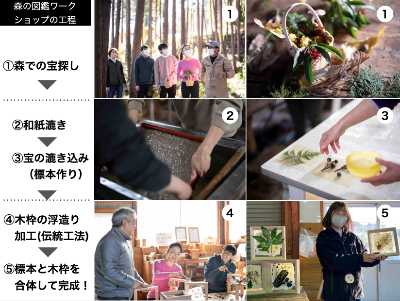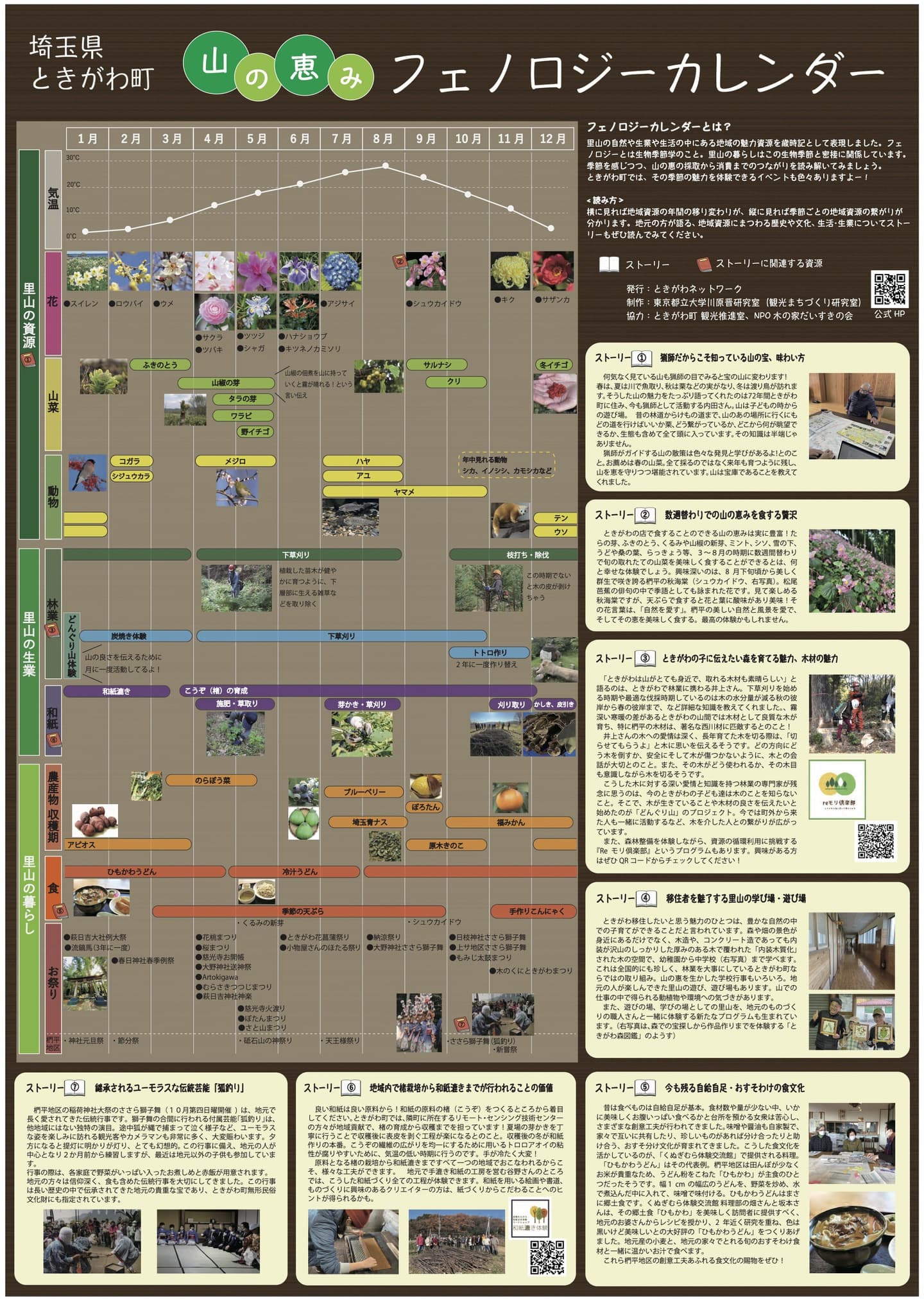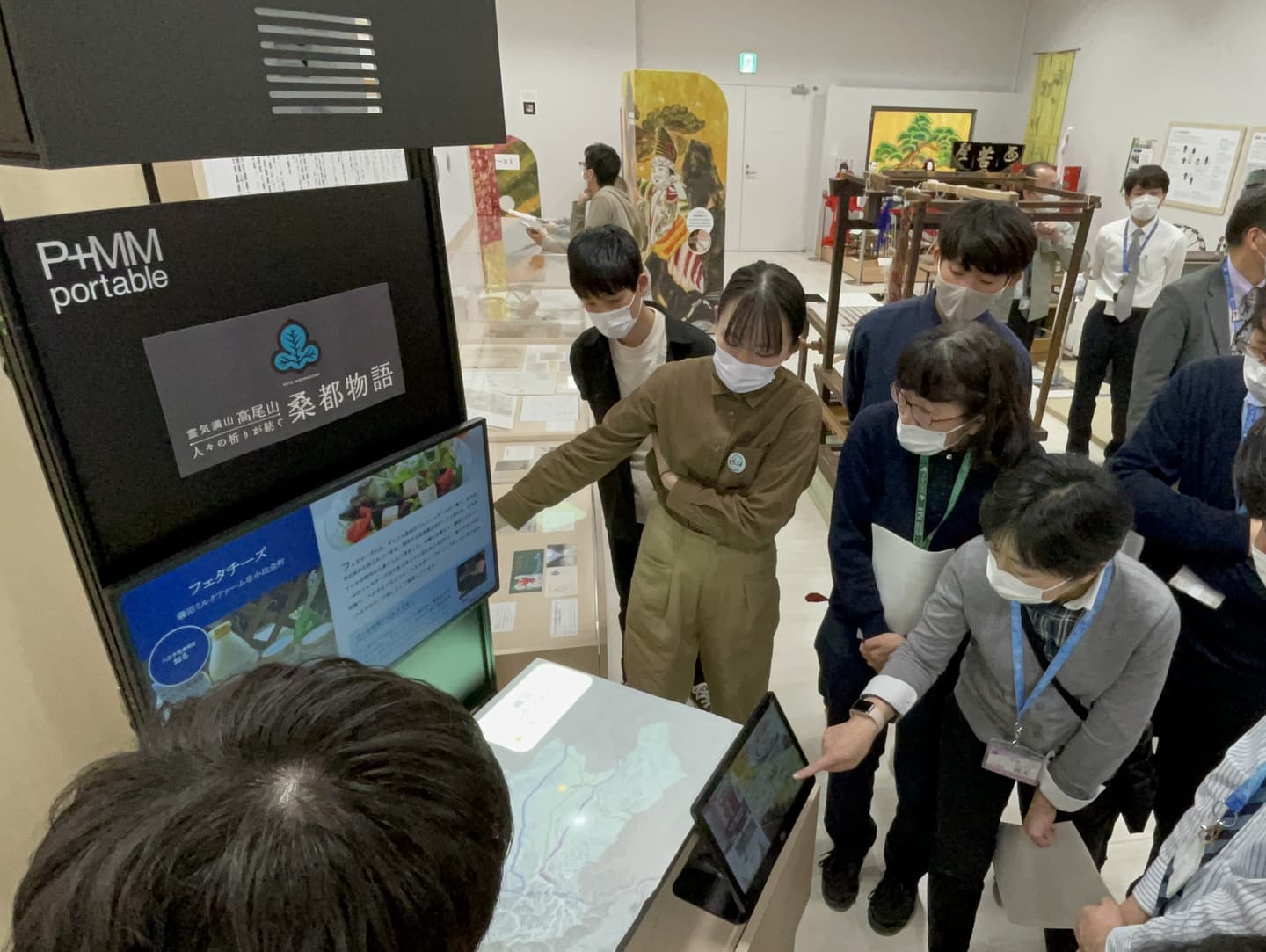KAWAHARA Lab.
- Tourism and Community Design -
Affiliation
Tokyo Metropolitan University Department of Tourism Science Professor
Degree
Doctor of Engineering(Feb, 2006 Waseda University)
Profile
Susumu KAWAHARA is professor in the Department of Tourism Science, Tokyo Metropolitan University. His research interest covers Urban Design and Planning, Community-based Tourism, Destination Management. Current research topics are methods of balancing the needs of the community with those of visitors, methods of revitalizing local industries through the use of tourism techniques, development of Oral History Survey and Editing Methods for the inheritance of local culture and the use of tourism.
Research Interests
- Urban Design and Planning
- Community-based Tourism
- Destination Management
- Townscape Planning
- Public-Private Partnership
Research History
- 2017- Tokyo Metropolitan University, Professor
- 2009 - 2016 Tokyo Metropolitan University, Associate Professor
- 2008- Assistant Professor, Department of Architecture,Faculity of Science and Eng.,Waseda Univ.
- 2006 - 2007 Visiting Lecturer (full-time), Faculity of Science and Eng.,Waseda Univ.
- 2003 - 2006 Waseda University School of Science and Engineering
- 2003 - 2005Research Associate, Faculity of Science and Eng.,Waseda Univ.
- 1996 - 2003 ARCHITECTURE・URBAN DESIGN・RESEARCH CONSULTANTS CO. LTD.
List of works
see the researchmap service.
Annual reports related to practical research
under construction
Research on the Strategic Formation of Event Legacies that Contribute to the Creation of Tourism Areas
2023-
The purpose of this research is to develop a planning theory of "event legacy" as a concept and method for using events and tours that are expected to attract visitors from outside the area as a means of promoting the area and solving local issues. Based on the event legacy theory for large-scale sporting events such as the Olympics, we will develop a planning theory for strategically creating event legacy as a long-term good effect that can be brought to various fields in the area, as well as a monitoring method to support such a theory. In addition to quantitative evaluation, the project will utilize the knowledge of qualitative research that has been accumulated in the field of urban and regional planning to examine the impact on the community.
A Study on Systematization of Planning Techniques for Sustainable Destinations
2017-
We worked on a planning theory that integrate both tangible (e.g., preservation and improvement of urban space and environment) and intangible plans (e.g., plans for tourism programs and contents creation.) to develop more sophisticated sustainable destination, especially due to the recent targets of tourism planning in Japan are biased towards intangible programs.
Our detail methods are
• to learn and reflect sightseeing behaviors and tourism resources in geographical / spatial environment
• to develop environmental improvement, utilize the private sites and the public sites together
• to realize a vision based on social experiments
• to support all the method above by organizational design, process design, and monitoring
In FY2020, we first organized new forms of tourism such as micro-tourism and virtual experience tourism such as online tours, which have become apparent in the COVID-19 pandemic, from the perspective of travel time and spatial movement, and then evaluated them from the perspective of the methodology that our research team has developed so far.
Secondly, we accumulated interviews with key people who have started new movements to overcome the effects of The COVID-19 pandemic.
Third, based on the questionnaire survey of local governments nationwide and case studies, we proposed that the future of local government tourism administration should not only be based on flow-oriented efforts, focusing on promotion for short-term effects, but should also aim for stock-oriented efforts to leave a "legacy" in the region.
Tourism and Regional Development through Collaboration of Businesses from Upstream to Downstream of Satoyama-Based Manufacturing
2020-2022
In FY2020, a total of 14 workshops of three types were held for visitors to the area, in which they toured the area with local craftsmen and took home specialty products made by themselves using wood and Japanese paper. Collaboration has been achieved among forestry workers, lumber dealers, furniture makers, braided paper makers, washi paper makers, construction companies, matching coordinators, designers, regional producers, regional trading companies, government agencies, and universities.
Kawahara Lab assisted in the planning and refinement of the workshop, created explanatory tools and a website, and conducted monitoring and willingness-to-pay surveys in a situation where it was difficult to openly invite the general public to participate in the Corona disaster.
The level of satisfaction on the part of both craftsmen and participants was high, and many participants were willing to pay a relatively high amount for a one-day tour, which motivated us to strengthen our cooperation.
In FY2021, we created a "Mountain Blessings Phenology Calendar in Tokigawa" based on the existing "Craftsmen's Pictorial Book" of interviews with craftsmen, mostly immigrants, and interviews conducted in the Kawahara Lab with "locals" who have been involved in forestry in the region for generations. This calendar is unique in that it organizes the local resources of the satoyama as a chronicle, focusing on the people who are involved in them, as well as the various stories related to these local resources, from upstream to downstream, in terms of manufacturing and food. In addition, continuing from last year, Kawahara Lab conducted a willingness-to-pay survey to verify the projects of tourism events and workshops created by Tokigawa Network members. Our article, which drew on the findings of this survey, was published in a guidebook that is the result of a project conducted by the Japan Tourism Agency to promote cooperation among businesses in the region. The title of the article is "How can business verification methods be used to achieve business objectives and refine tourism products?
Tokigawa Network: Tourism to Taste Satoyama Monozukuri from Upstream to Downstream! HP
http://tokigawa-kyoshitsu.jp
Development of Eco-study Tours as a Method of Managing the Historical Environment in Collaboration with the Local Community around the Imperial Tomb in Hue, Vietnam
2017-2023
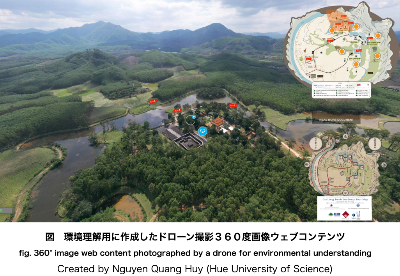
However, the damage caused by the Vietnam War, the recent changes in agriculture and forestry, and the development of spaces for tourism purposes by capital outside the region are destroying the landscape and water utilization system.
Therefore, in order to share the original planning concept of the imperial mausoleum with villagers and government officials, as well as to preserve the historical environment of the imperial mausoleum and utilize it appropriately for tourism, we, the Japanese research team, have been experimenting with eco-study tours since 2017.
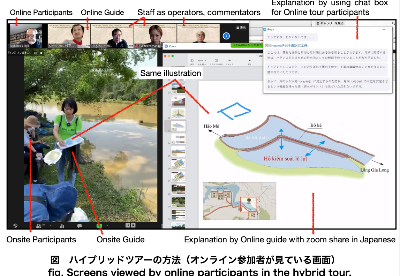
As a result, we were able to confirm many positive opinions about the affinity and usefulness of the hybrid tour with ecotourism-based tours for understanding the environmental value of the region.
In the next step, we will refine the hybrid tour while being aware of the significance of the online tour that is experienced before and after the current tour, and confirm its usefulness.
Development of a New Method for Regional Interpretive Exhibition and Education Using a Projection Mapping Model System
2020-
Therefore, we are collaborating with a manufacturer to develop a P+MM that can be used for real-time writing and projection on the models, and for many people to create and bring in their own content for projection, and we are researching new ways to use the system as an explanatory exhibition tool that can also be used by private sector guides, and as an educational tool.
In FY2020, we tried a method of projecting and discussing thematic maps created by students in the tourism planning and design exercise of the Tourism Science Department.
In FY2021, students from our department and I created a projection work, "Sake and snacks made with Hachioji ingredients," as exhibition content for the Hachioji Museum, in collaboration with the Hachioji City Hall.
The projection work is characterized by the fact that it uses "food," which people are easily interested in, as an entry point to express the resources and stories that make up Hachioji's Japanese Heritage. We also proposed a workshop method that local producers could use this exhibition work for their sales promotion.
https://www.comp.tmu.ac.jp/ssm/study/theme/Tourism-Applications-of-Technology.html
川原研(大学院)で研究を希望する方へ
- 受験前に必ず相談しに来てください。(ビデオ会議も可能です)。
- 観光に関わる簡単な研究計画書をEメールで送付ください。
- 大学院の合格前に、研究生として受け入れることはしていません(学科方針)。
- 受験の詳細は観光科学域HPをご覧下さい。夏試験(8月)、冬試験(2月)があります。
